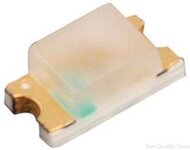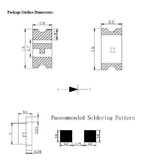I had a solenoid immediately firing up on boot up which in turn fried the associated fuse.
Courtesy of the forum I have become a lot more clued up on such things. Having read the various threads on the subject I had already bought the relevant bits
And the damned thing worked !!!
Courtesy of the forum I have become a lot more clued up on such things. Having read the various threads on the subject I had already bought the relevant bits
- A55KJ 60w Soldering Station from Maplin for £40. Good range of very small tips available. A major step up from the small gas powered one I have had in my tool box for years. I am OK at soldering as I did quite a lot of electronics as a child
- Duratool D00672 desoldering station from eBay £67.50. I have never used one before. To an amateur like me, it is brilliant, makes desoldering a doddle. Highly recommended
- TIP102 Transistors from Farnell. Pence
- 1A slow blow fuses from Farnell. Pence
- New diodes from Farnell. Pence
And the damned thing worked !!!


